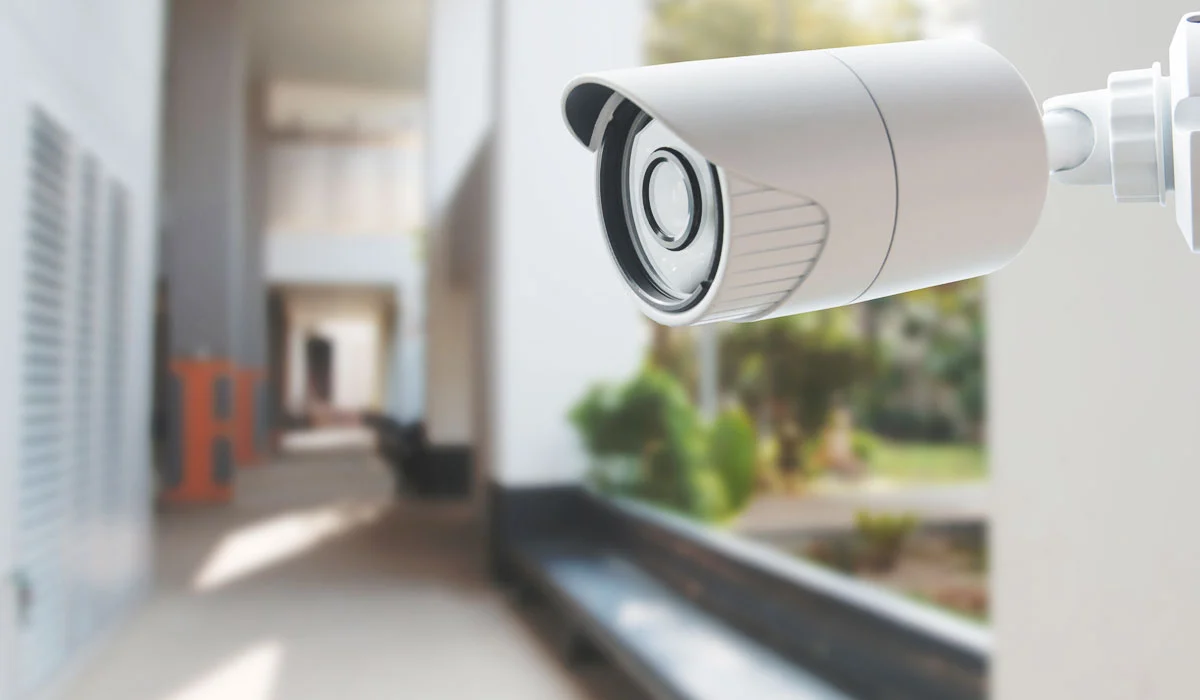When choosing security cameras for surveillance systems, two popular options are dome cameras and bullet cameras. Each type has its unique advantages and disadvantages, making them suitable for different environments and applications. Here’s a detailed comparison:
Dome Cameras
Advantages:
- Discreet Design:
- Dome cameras have a compact, unobtrusive design that makes them less noticeable. This can deter potential tampering and vandalism since it’s not immediately clear where the camera is pointing.
2. Vandal Resistance:
- Many dome cameras come with vandal-resistant features such as durable casings and protective coverings, making them ideal for high-risk areas.
3. Wide Angle Coverage:
- Dome cameras often have a wider field of view compared to bullet cameras, making them suitable for covering large areas with a single unit.
4. Indoor and Outdoor Use:
- These cameras are versatile and can be used both indoors and outdoors. They often come with weatherproof and infrared (IR) features for night vision.
5. Aesthetic Appeal:
- Dome cameras are generally more aesthetically pleasing and blend well with most environments, which is particularly important for indoor settings like offices and retail stores.
Disadvantages:
- Installation Complexity:
- Installing dome cameras can be more complex compared to bullet cameras. They often require ceiling mounting, which can be challenging.
2. Maintenance:
- The dome covering can get dirty or foggy, potentially affecting the image quality. Regular cleaning and maintenance are necessary.
3. Limited Range:
- While they offer a wide angle of coverage, dome cameras typically have a shorter range than bullet cameras, making them less suitable for long-distance monitoring.
Bullet Cameras
Advantages:
- Long-Range Focus:
- Bullet cameras are designed to capture images from a greater distance, making them ideal for monitoring large outdoor areas like parking lots and streets.
2. Ease of Installation:
- These cameras are easier to install, usually requiring just a wall mount. Their design makes them simpler to adjust and direct towards a specific area.
3. Visibility and Deterrence:
- The prominent design of bullet cameras acts as a visual deterrent to potential intruders. Their obvious presence can discourage criminal activity.
4. Better Heat Dissipation:
- The elongated shape of bullet cameras allows for better heat dissipation, which can enhance their longevity and reliability, especially in outdoor environments.
5. Weatherproofing:
- Bullet cameras are often built with robust weatherproofing features, making them highly suitable for outdoor use in various weather conditions.
Disadvantages:
- Vulnerability to Vandalism:
- Due to their conspicuous placement, bullet cameras are more susceptible to being tampered with or damaged.
2. Limited Field of View:
- While they can monitor long distances, bullet cameras typically have a narrower field of view compared to dome cameras, requiring more units to cover the same area.
3. Less Aesthetic:
- The prominent and industrial look of bullet cameras can be less aesthetically pleasing, making them less suitable for indoor environments where design is a concern.
4. Maintenance Issues:
- Although generally robust, bullet cameras might require more maintenance due to exposure to harsh environmental conditions over time.
Conclusion
Choosing between dome and bullet cameras depends on specific surveillance needs and environmental factors. Dome cameras are ideal for indoor use and situations where aesthetic integration and wide-angle coverage are important. They offer vandal resistance and a discreet presence. On the other hand, bullet cameras are suited for outdoor environments requiring long-range monitoring and a visible deterrent effect. They are easier to install and maintain, with better heat dissipation and robust weatherproofing.
In summary, understanding the unique advantages and disadvantages of each type can help in making an informed decision tailored to the security requirements of the specific setting.






Comments